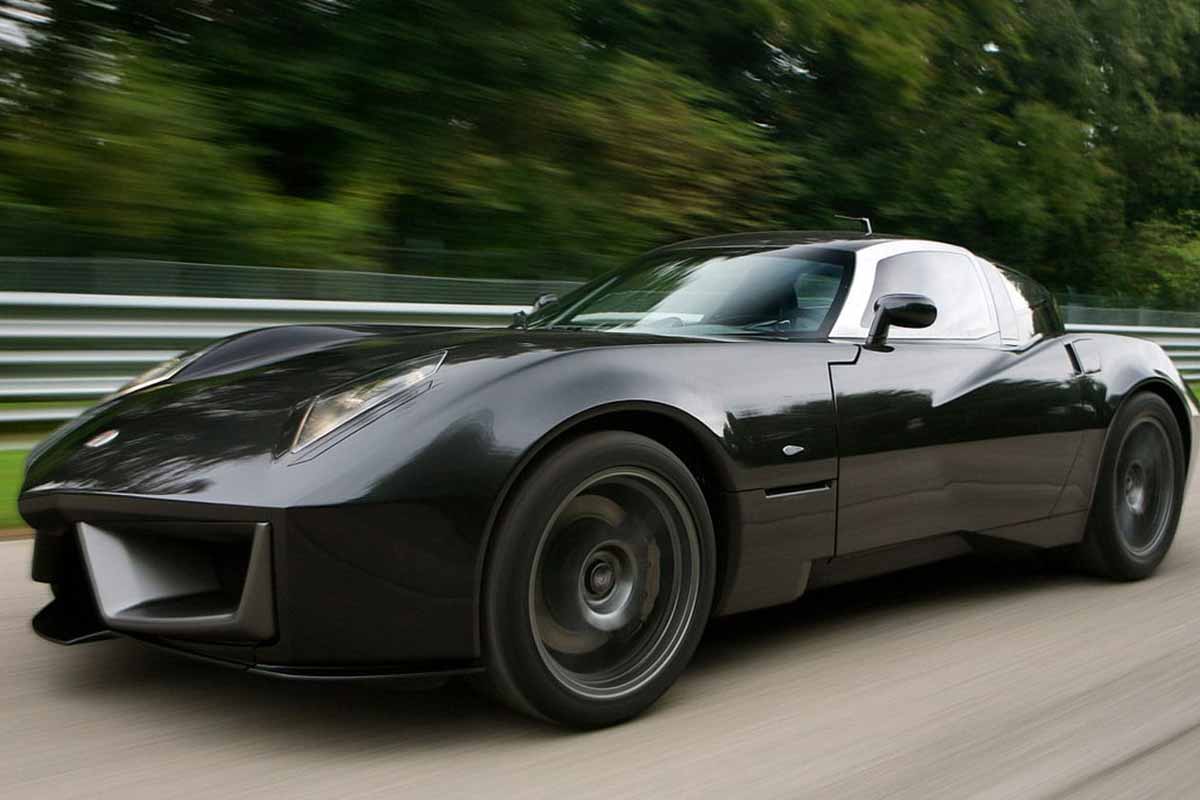
Ercole Spada, one of the greatest Italian designers of recent decades, passed away on August 3. Ercole Spada's career was immense, spanning a long period with Zagato (for whom he designed the Aston Martin DB4 GT Zagato, the Lancia Fulvia Sport and the Alfa Romeo Giulia TZ, among others), before moving on to Ford, BMW (the 5 Series E34), Fiat (the Tipo) and Alfa Romeo (the 155) via his own design studio, I.DE.A Institute, founded in 1983.
Ercole Spada joined his son in 2006 at Spadaconcept In 2007, he and his son founded Spada Vetture Sport. The result of this family project is a supercar, the Codatronca TS, eligible for the GT1 championship, which made its first public appearance at the Top Marques show in Monaco in 2008.
Italian Batmobile
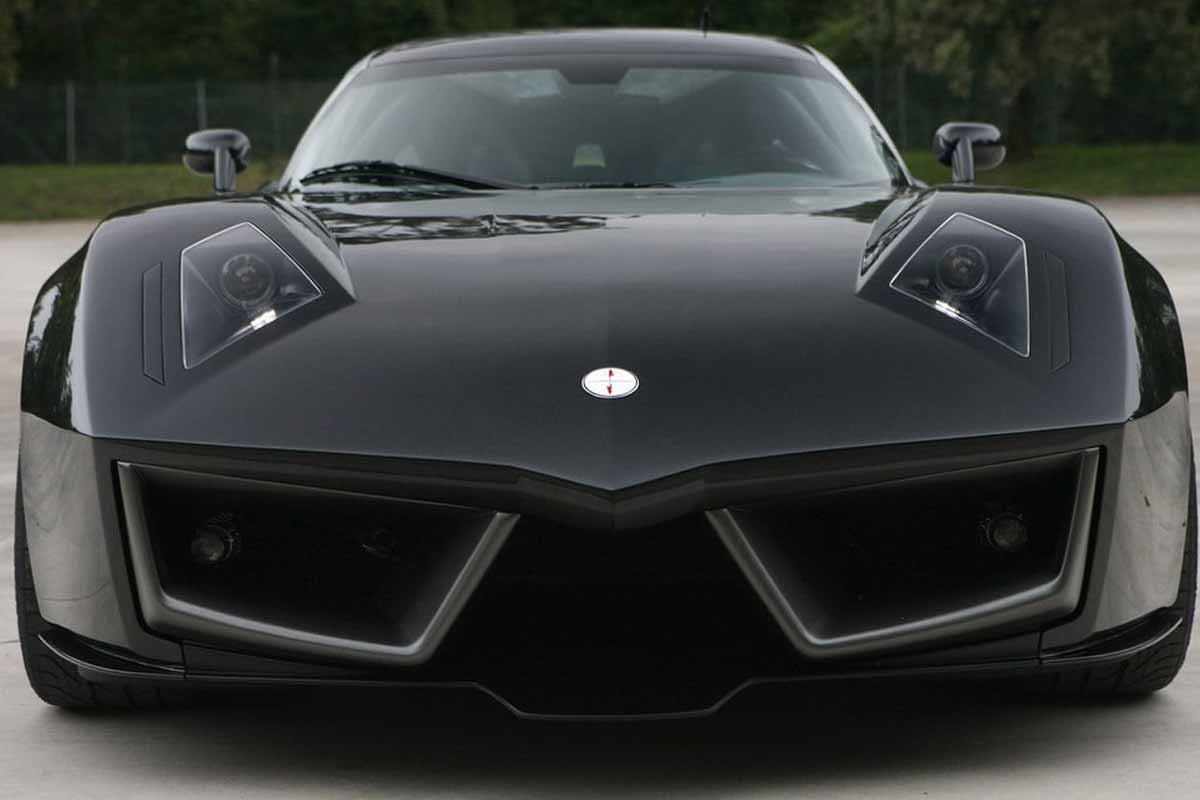
As its name suggests, the Codatronca took up the aesthetic signature that had made Zagato and Spada's "patte" famous, with a sleek, truncated rear end. Influences overlap, between a 250 Breadvan profile and the retro-futurism of Alfa Romeo BAT concepts designed by Franco Scaglione. However, the curves of that era give way to taut lines inspired by Lamborghini. The Spada has a family resemblance to the 2008 BAT 11 designed by the Bertone studio, the latest in a line of BAT concepts that also featured sharp edges. The "Batmobile of the seventies" look is obvious when you look at the Codatronca from the stern.
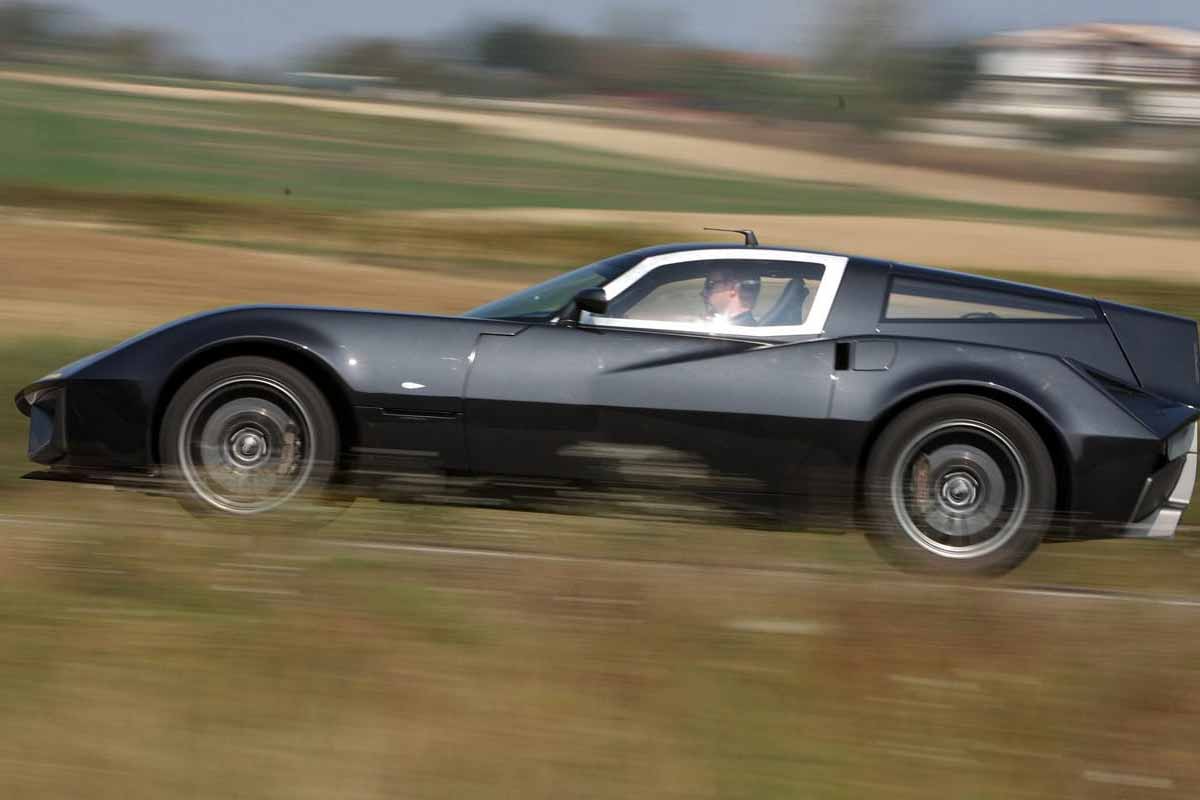
The rest of the design, too, is characterized by taut lines and sharp edges, reminiscent of supercars created between the late 60s and the 80s, when wedge-shaped forms were all the rage. The front end resembles a Piranha ready to devour its prey. The interior has a decidedly sporty feel, with aluminum and Alcantara inserts. The GT spirit is preserved, as the truncated-rear body provides a practical 400-liter trunk for road trips.
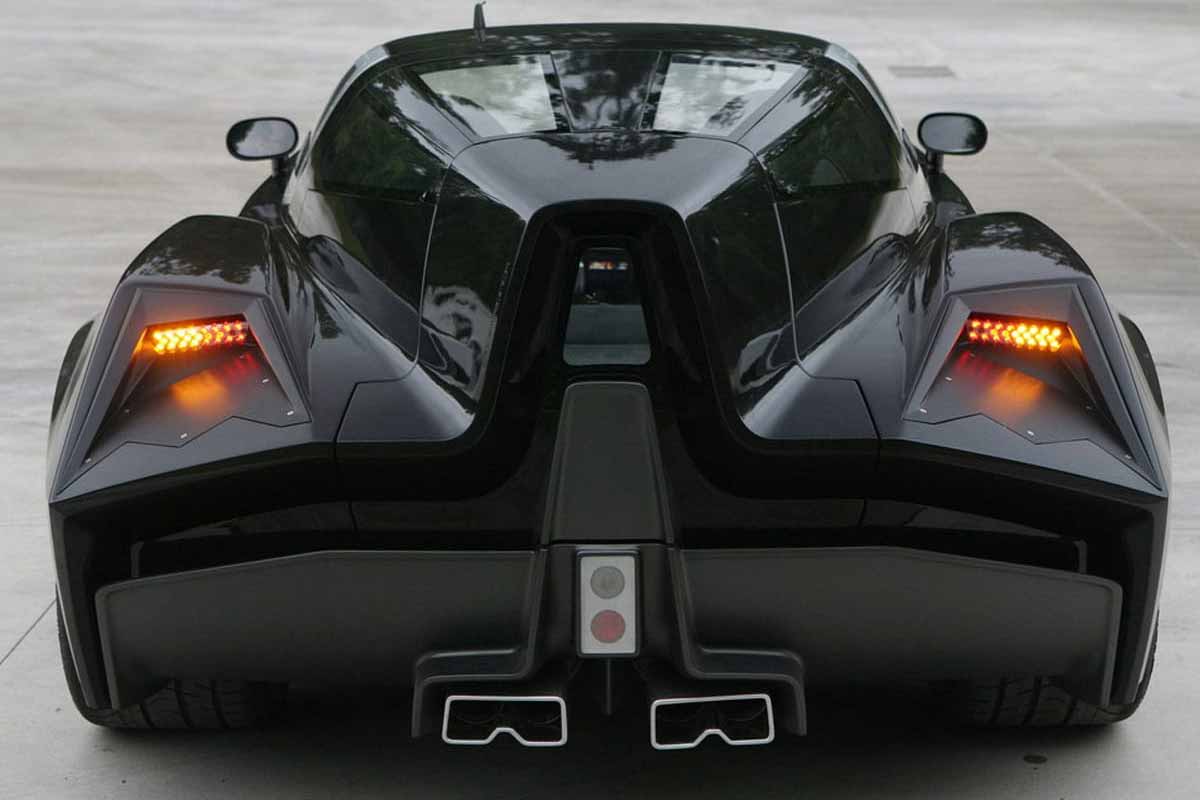
Corvette Heart
Like other Italian supercars of the 60s and 70s (Bizzarrini, De Tomasa), the Spada looked to America for its powertrain: the SVS Codatronca TS is powered by a Chevrolet LS7 V8 7,000 cm³ engine derived from the Corvette Z06, in dry-sump aluminum, delivering 630 hp at 6,500 rpm, with maximum torque of 668 Nm at 4,800 rpm. The gearbox is 6-speed, and in electronically limited sixth gear at 7,000 rpm, the car reaches a top speed of 335 km/h, with acceleration from 0 to 100 km/h in 3.4 seconds. The tubular aluminum chassis and carbon fiber panels keep the weight under 1.4 tons, so the power-to-weight ratio is no joke!
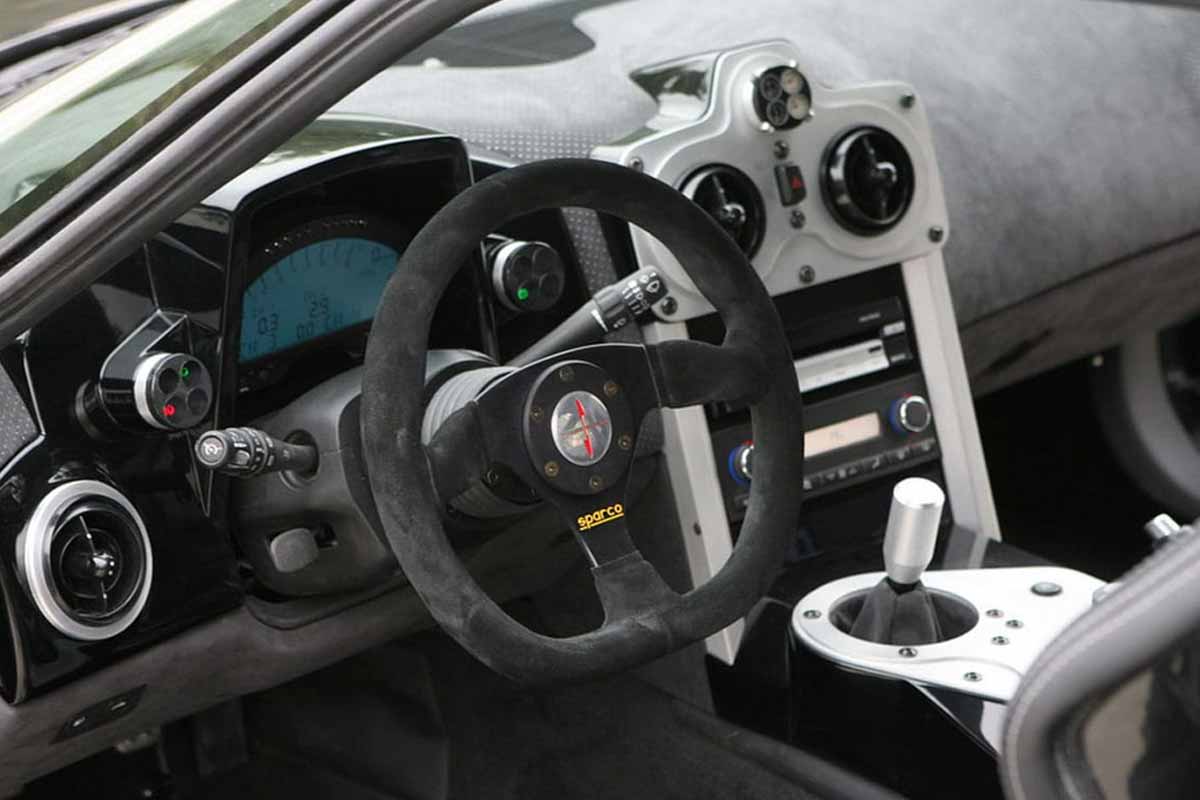
Traction control is adjustable to 3 levels, and the car is equipped with a 40-channel telemetry system capable of storing up to 80 hours of data. The composite body rests on an aluminum frame. The suspension is adjustable, as are the front and rear anti-roll bars (separately) to four levels of hardness. The car is equipped with Pirelli P-Zero and large 380 mm Brembo discs at the front and 355 mm discs at the rear.
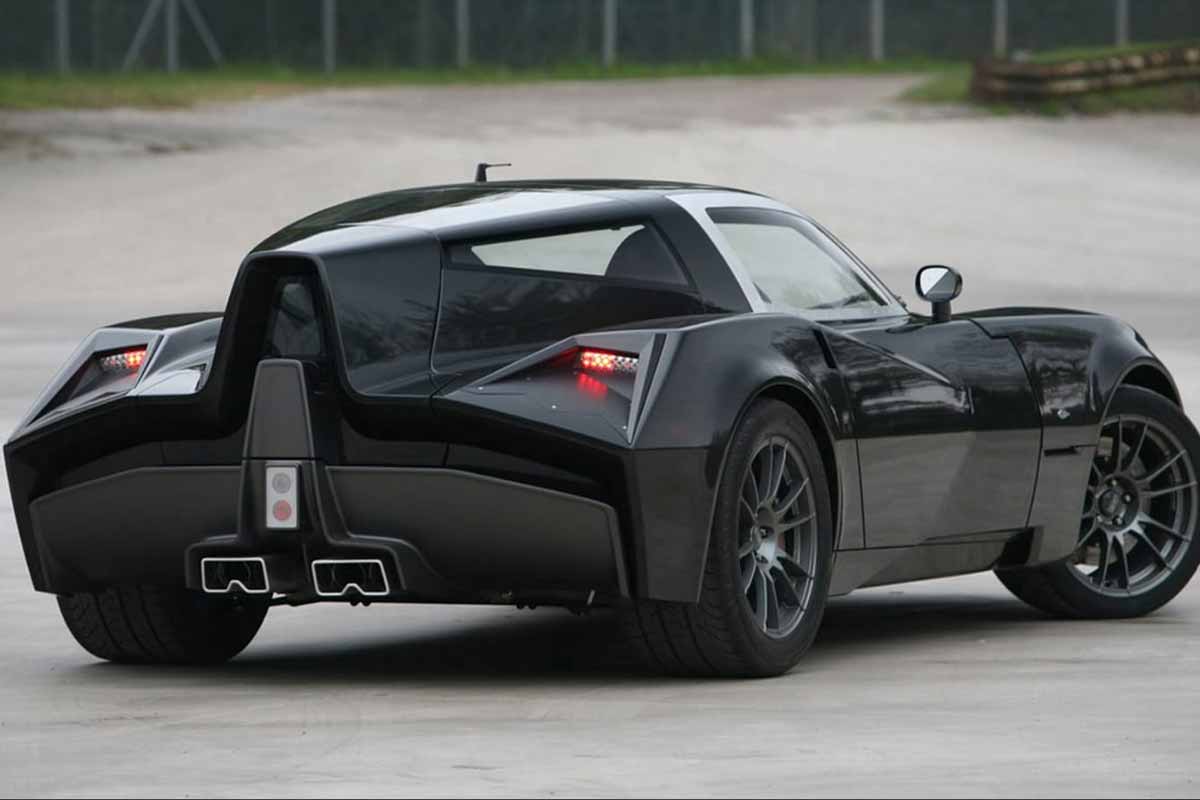
A Monza barquette, before Ferrari
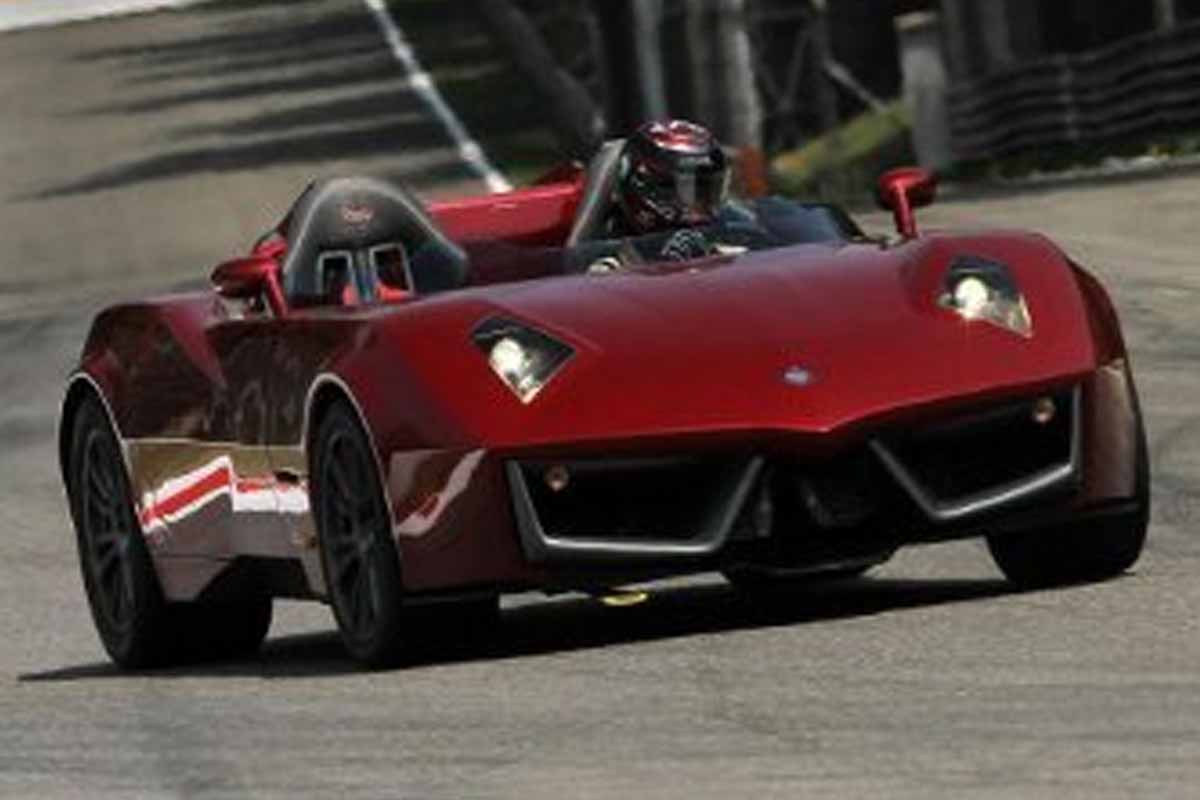
In 2011, an open-bodied Spada Codatronca Monza concept car was presented, foreshadowing the return to fashion of barquettes, which have proliferated in recent years. It was based on a tubular aluminum chassis, with 720 HP and just 1080 kilos. And so, Ferrari took over the Monza name for its SP1...
At a minimum price of 275,000 euros, the Spada Codatronca is a rarity! The exact number produced is not known.


Ciao, una Codatronca (la serie del 2011),originarianente bordeaux met. e passata ad un verde Kawasaki ce l'aveva Loris 65(appassionato di SPECIAL)👏🏼🥰💪🏼😉
Sehr gute detaillierte Beschreibungen l